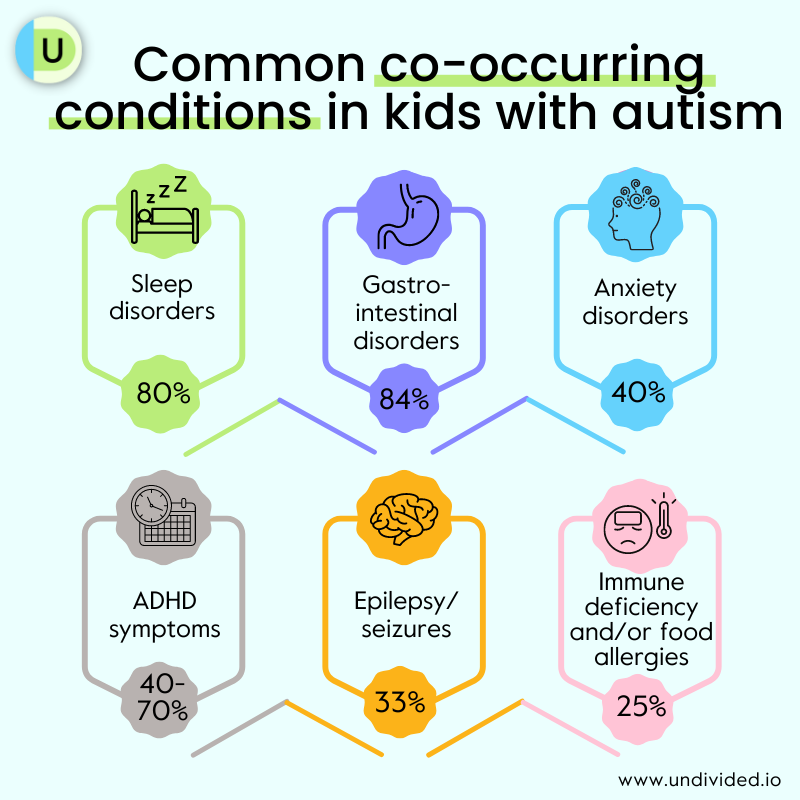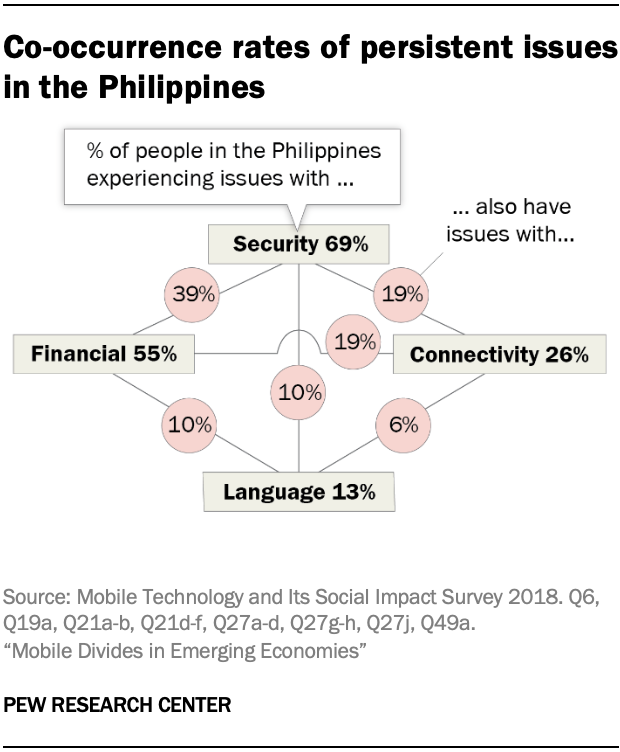Discover the powerful impact of co-occurrence and how it can revolutionize your understanding of language and communication. Unlock its secrets now!

Image courtesy of via DALL-E 3
Table of Contents
Introduction to Co-Occurrence
Welcome, young readers! Today, we are going to dive into the exciting world of co-occurrence. But what does that big word even mean? Don’t worry, I’m here to break it down for you in a simple and easy way.
What is Co-Occurrence?
Co-occurrence is a fancy way of saying that things, like words, animals, or even plants, often appear together. It’s like a special friendship where two things like to hang out with each other a lot. For example, when you see rain, you might also expect to see a rainbow. That’s a form of co-occurrence!
Why is Co-Occurrence Important?
Understanding co-occurrence is super important because it helps us see patterns and connections in the world around us. Think of it as putting puzzle pieces together to see the bigger picture. Scientists, writers, and even detectives use co-occurrence to find hidden meanings and solve mysteries. It’s like having a secret code to unlock new knowledge!
Examples of Co-Occurrence in Nature
In nature, there are many examples of animals that co-occur, meaning they live or are frequently found together. One common example is the relationship between clownfish and sea anemones. Clownfish seek protection from predators among the poisonous tentacles of sea anemones, while the anemones benefit from the clownfish’s waste nutrients. This mutually beneficial co-occurrence is a fascinating interaction in the underwater world.
Plants That Co-Occur
Plants also exhibit co-occurrence in nature by growing together in the same habitats. A classic example of this is the relationship between certain types of trees and fungi. Mycorrhizal fungi form a symbiotic relationship with tree roots, aiding in nutrient uptake for the trees while receiving sugars in return. This partnership showcases how different organisms can co-occur to support each other’s survival and growth.
Co-Occurrence in Language
When we talk about co-occurrence in language, we are looking at how certain words like to hang out together. Just like best buddies, some words always appear side by side. Take “peanut butter” for example. Have you ever noticed that when people talk about peanut butter, they almost always mention jelly? Peanut butter and jelly are like a dynamic duo in the world of food. They co-occur, or show up together, all the time!

Image courtesy of undivided.io via Google Images
Phrases and Sentences
Not only do words team up, but entire phrases and sentences also have their own co-occurrence buddies. Have you heard the phrase “salt and pepper”? When someone asks for salt, they usually want pepper too! It’s like they can’t do without each other. In sentences, certain structures or combinations of words tend to appear together frequently. This helps us to understand and communicate better because we know what to expect next.
Co-Occurrence in Science
In the world of science, co-occurrence plays a significant role in understanding patterns within data. Scientists collect a vast amount of information in their research, ranging from genetic data to climate patterns. By analyzing this data, researchers can identify relationships between different variables that frequently occur together. For example, when studying the impact of environmental factors on plant growth, scientists may notice that certain conditions tend to co-occur with higher yields.
Research Findings
Scientific research heavily relies on the concept of co-occurrence to draw meaningful conclusions. By recognizing patterns and correlations in their data, researchers can make informed hypotheses and predictions. For instance, in the field of medicine, scientists may observe that specific genetic markers co-occur with certain diseases, leading to breakthroughs in diagnosis and treatment. By understanding how different factors interact and co-occur, scientists can further their knowledge and make advancements in various fields of study.
Co-Occurrence in Everyday Life
Co-occurrence isn’t just a fancy term used in science and language; it’s something that happens all around us in our daily lives. Let’s take a closer look at how co-occurrence manifests in our everyday experiences.

Image courtesy of www.pewresearch.org via Google Images
Food Pairings
Have you ever noticed that certain foods seem to go together perfectly, like peanut butter and jelly or milk and cookies? These are examples of co-occurrence in our diets. People have discovered over time that some foods taste better when eaten together, creating a harmonious combination of flavors. So, the next time you enjoy a classic food pairing, remember that it’s a result of co-occurrence!
Activities
Another way co-occurrence shows up in our daily lives is through activities that people often do together. Whether it’s playing sports with friends, watching movies with family, or going for a walk with a pet, these shared activities demonstrate how certain behaviors tend to co-occur. By engaging in these activities with others, we build connections and create meaningful experiences based on this natural tendency of co-occurrence.
Historical Significance of Co-Occurrence
Throughout history, co-occurrence has played a significant role in shaping important events. For example, in World War II, the co-occurrence of military strategies and technological advancements led to major turning points in the outcome of the war. The coordination of troops, weapons, and communication systems was crucial in determining success on the battlefield.
Trends Over Time
Furthermore, co-occurrence has been instrumental in shaping trends over time. During the Industrial Revolution, the co-occurrence of new inventions, changes in transportation, and shifts in population demographics transformed societies and economies. This period of history marked a significant shift in how people lived and worked, all influenced by the co-occurrence of various factors.
Co-Occurrence in Technology
In the world of technology, co-occurrence plays a crucial role in various software applications. Have you ever used a search engine like Google? When you type in a word or phrase, the search engine uses co-occurrence to show you related results. This means that the search engine looks for other words that often appear together with your search term to give you the most relevant information. So, next time you search for something online, remember that co-occurrence is working behind the scenes to help you find what you’re looking for.
Image courtesy of www.researchgate.net via Google Images
Algorithms
Algorithms are like the brains behind many of the technology we use every day, from social media platforms to online shopping websites. These algorithms also rely on co-occurrence to perform efficiently. For instance, when social media platforms suggest friends for you to connect with or show you posts that you might be interested in, they are using co-occurrence to analyze patterns and connections between users. By understanding how different pieces of information relate to each other, algorithms can provide you with a more personalized and tailored experience while using technology.
Benefits of Understanding Co-Occurrence
Understanding co-occurrence can bring a lot of advantages in many aspects of our lives. Let’s explore why it is helpful to know about this concept.
Learning and Education
One of the main benefits of understanding co-occurrence is that it can help you learn better. When you know which things usually go together or appear in relation to each other, it becomes easier to remember and understand them. For example, in language, knowing which words often come together can improve your vocabulary and help you express yourself more clearly.
Problem-Solving
Another significant benefit of understanding co-occurrence is that it can be a powerful tool for problem-solving. By recognizing patterns and connections between different elements, you can find solutions more effectively. For instance, if you notice a specific issue tends to occur whenever two things are present together, you can address the root cause of the problem more efficiently.
Conclusion
In this blog post, we have delved into the concept of co-occurrence and explored its significance in various aspects of our lives. Let’s summarize the main points we discussed:
What is Co-Occurrence?
Co-occurrence refers to the occurrence of two things together more often than expected by chance. It is like seeing peanut butter and jelly together in a sandwich because they go well together.
Why is Co-Occurrence Important?
Understanding co-occurrence is crucial in fields like science, language, and technology as it helps in identifying patterns, relationships, and optimizing algorithms for better outcomes.
Examples of Co-Occurrence
We explored how co-occurrence happens in nature, language, science, daily life, history, and technology, showcasing how this concept is prevalent across various domains.
By recognizing and analyzing co-occurrence, we can gain valuable insights into patterns, relationships, and problem-solving. It allows us to make connections and understand how things work together for better outcomes.
Next time you see two things or events happening together frequently, think about co-occurrence and how understanding this concept can help you make sense of the world around you.
Want to turn these SEO insights into real results? Seorocket is an all-in-one AI SEO solution that uses the power of AI to analyze your competition and craft high-ranking content.
Seorocket offers a suite of powerful tools, including a Keyword Researcher to find the most profitable keywords, an AI Writer to generate unique and Google-friendly content, and an Automatic Publisher to schedule and publish your content directly to your website. Plus, you’ll get real-time performance tracking so you can see exactly what’s working and make adjustments as needed.
Stop just reading about SEO – take action with Seorocket and skyrocket your search rankings today. Sign up for a free trial and see the difference Seorocket can make for your website!
Frequently Asked Questions (FAQs)
What are the most common examples of co-occurrence?
Co-occurrence can be seen in many everyday situations. One common example is when you see clouds in the sky, you often expect it to rain. Another example is when you hear thunder, you know that lightning is likely to follow. These are simple yet relatable instances of co-occurrence.
How can I spot co-occurrence in my daily life?
To spot co-occurrence in your daily life, pay attention to patterns and relationships. For instance, if you notice that every time you wear your favorite shirt, your friends give you compliments, that’s a form of co-occurrence. Similarly, if you always crave popcorn when watching movies, that’s another example of co-occurrence in your daily life. By being observant of these patterns, you can easily identify co-occurrence in various situations.







